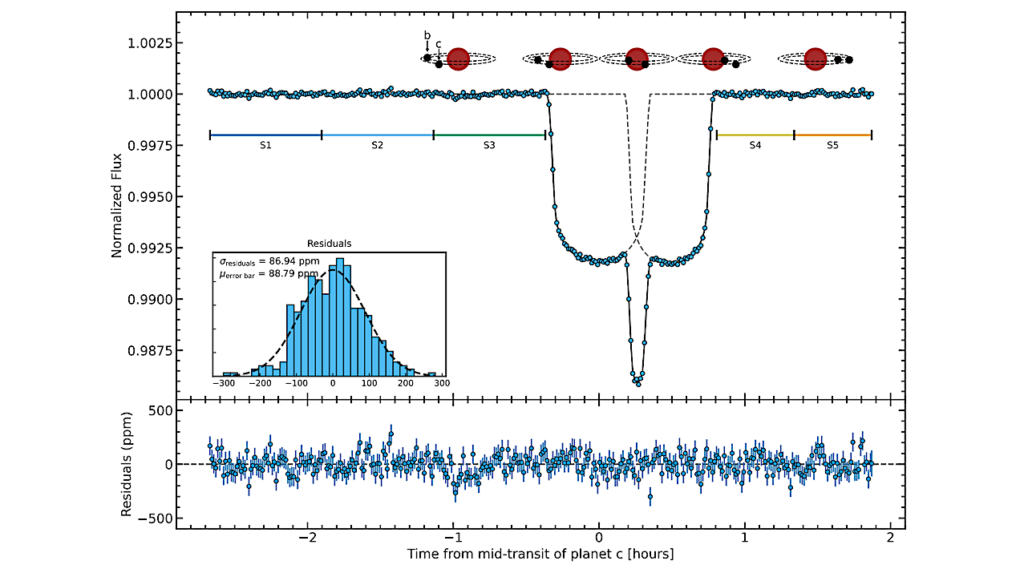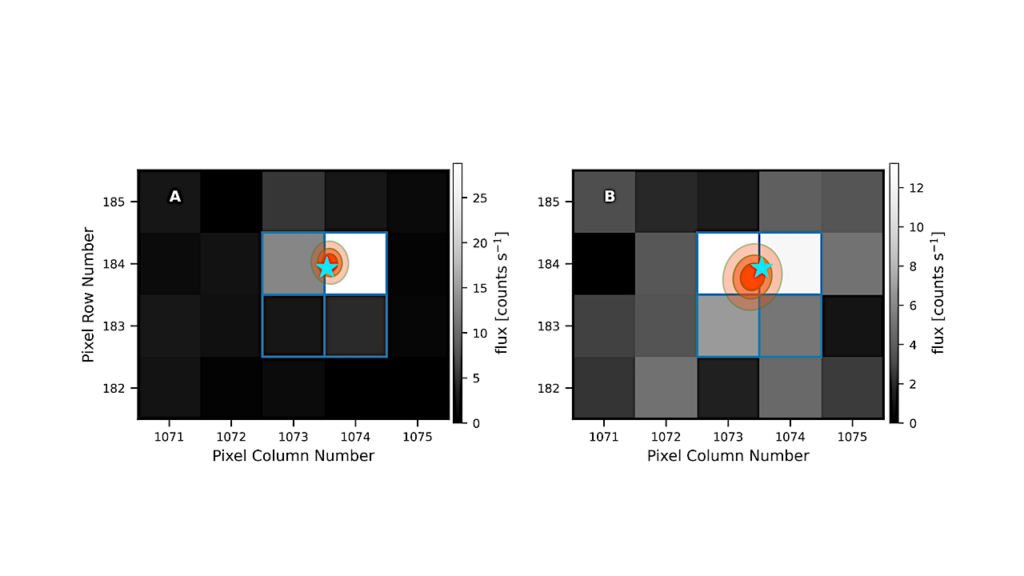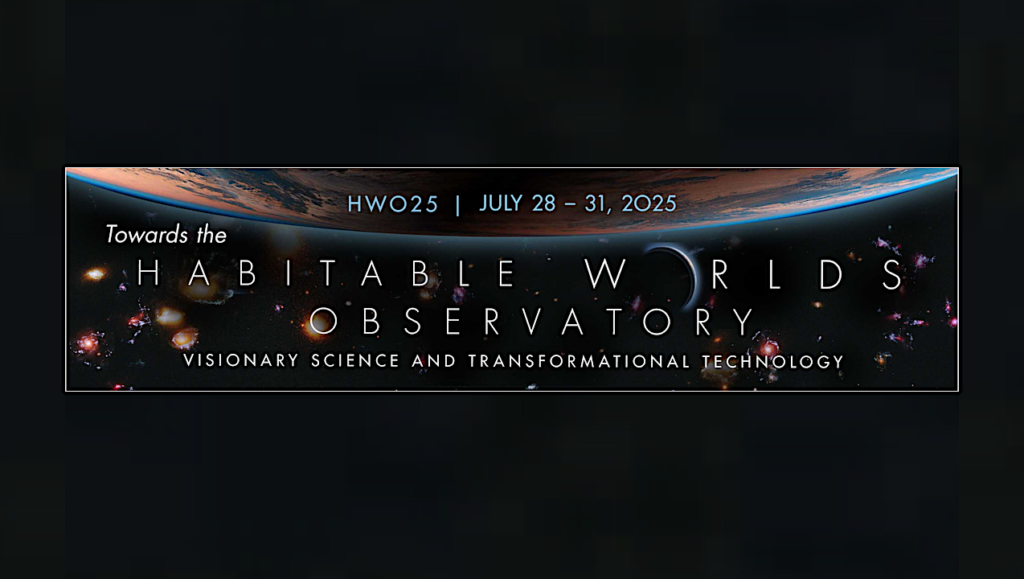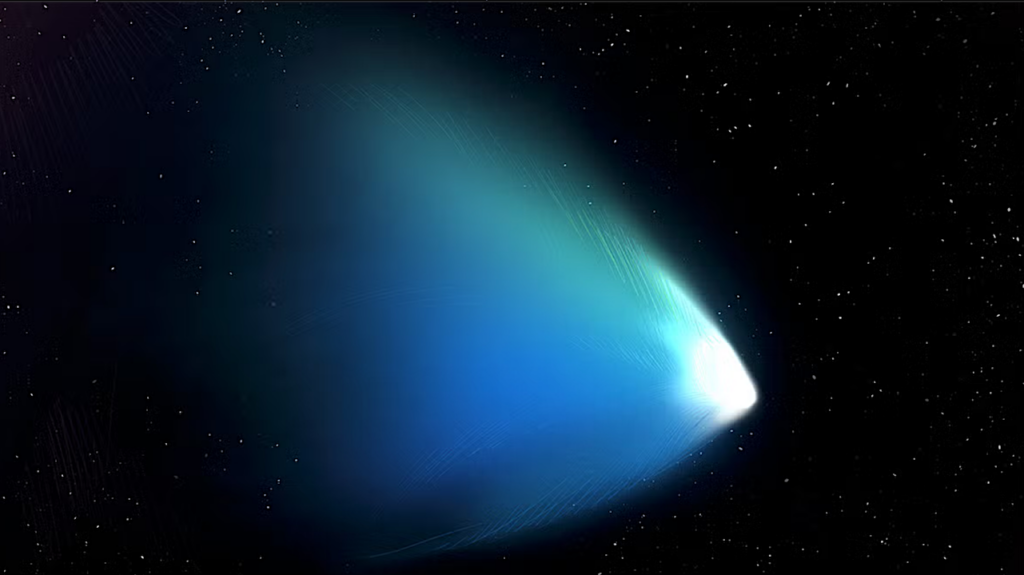The Direct Mid-Infrared Detectability of Habitable-zone Exoplanets Around Nearby Stars
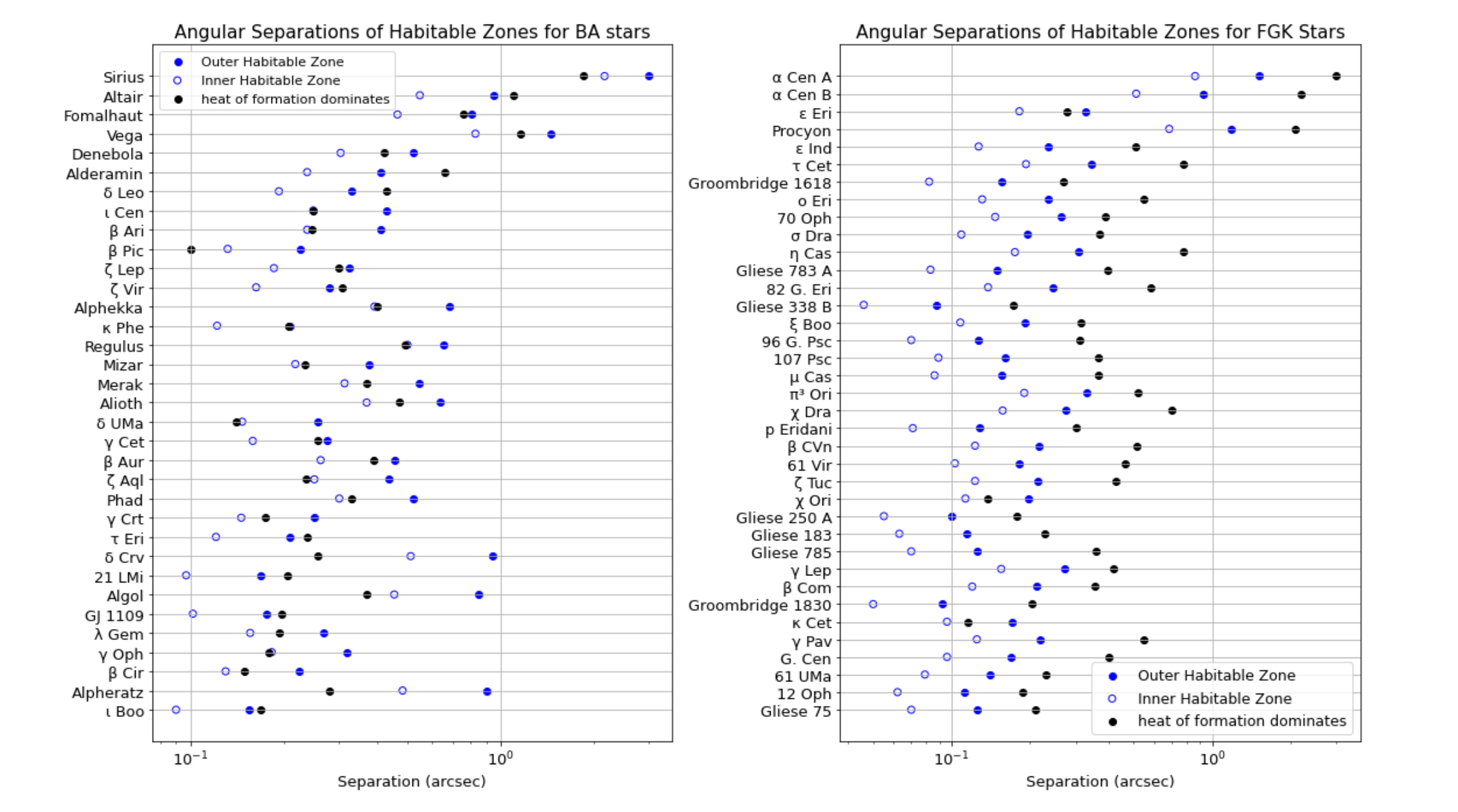
Giant planets within the habitable zones of the closest several stars can currently be imaged with ground-based telescopes.
Within the next decade, the Extremely Large Telescopes (ELTs) will begin to image the habitable zones of a greater number of nearby stars with much higher sensitivity− potentially imaging exo-Earths around the closest stars. To determine the most promising candidates for observations over the next decade, we establish a theoretical framework for the direct detectability of Earth− to super-Jovian-mass exoplanets in the mid-infrared based on available atmospheric and evolutionary models.
Of the 83 closest BAFGK type stars, we select 37 FGK type stars within 10 pc and 34 BA type stars within 30 pc with reliable age constraints. We prioritize targets based on a parametric model of a planet’s effective temperature based on a star’s luminosity, distance, and age, and on the planet’s orbital semi-major axis, radius, and albedo.
We then predict the most likely planets to be detectable with current 8-meter telescopes and with a 39-m ELT with up to 100 hours of observation per star. Putting this together, we recommend observation times needed for the detection of habitable-zone exoplanets spanning the range of very nearby temperate Earth-sized planets to more distant young giant planets. We then recommend ideal initial targets for current telescopes and the upcoming ELTs.
Zach Werber, Kevin Wagner, Daniel Apai
Comments: Responded to the first highly positive referee report
Subjects: Earth and Planetary Astrophysics (astro-ph.EP); Instrumentation and Methods for Astrophysics (astro-ph.IM)
Cite as: arXiv:2212.06993 [astro-ph.EP] (or arXiv:2212.06993v1 [astro-ph.EP] for this version)
Submission history
From: Zach Werber
[v1] Wed, 14 Dec 2022 03:03:39 UTC (1,288 KB
https://arxiv.org/abs/2212.06993
Astrobiology,


